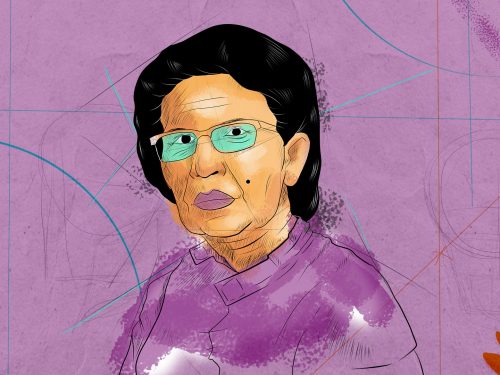
Dozens of people volunteered to fight a fire that started to consume thousands of hectares of the invaluable Palo Verde National Park, on the banks of the Tempisque River. You too can help fight fires in Guanacaste, even before they appear.
Almost all of the forest fires in the province are caused by human activities: because someone threw a cigarette butt out along the side of the road, due to an agricultural burning that got out of control, or even out of revenge against protected areas and their park rangers. This was explained by José Joaquín Rodríguez Araya, an official from the Tempisque Conservation Area of the National System of Conservation Areas (Spanish acronym: SINAC).

The most recent forest fire in Palo Verde National Park at the end of April affected some 4,200 hectares (about 10,400 acres) of wetlands, according to SINAC’s most recent estimate.Photo: Sinac
Each year, these kinds of human actions have consumed an average of 3,100 hectares (about 7,400 acres) of protected wilderness areas, especially in Guanacaste’s forests and wetlands.
We humans are the spark that unleashes most of the forest fires during the dry season. For that same reason, many of these incidents are preventable. One big first step is to get rid of the bad habit of burning garbage at our homes.
In Guanacaste, people tend to rake their yards and burn their garbage. In many cases, they aren’t careful and start a fire that spreads to pastures and, eventually, to forests,” Rodríguez warned.
You can also keep fire at bay by pruning and cleaning up the yards of houses and lots near the street or ones that have power lines overhead.

The authorities in charge of Palo Verde National Park suspect that the most recent fire in that protected area started due to vandalism. Almost all forest fires in Guanacaste occur due to human actions.Photo: Sinac
Fires also come from agricultural activities in the province. That’s why Rodríguez thinks that an important preventive measure is for those who work in agriculture to follow the instructions of SINAC and the Ministry of Agriculture and Livestock (Spanish acronym: MAG).
Producers who burn for agricultural purposes should patrol around the perimeter they are going to burn, avoid burning on windy days and during the hottest hours – especially midday – and make sure that the fire is supervised by several people. In addition, producers must apply for a controlled burn permit at a MAG office to make sure that burning is done responsibly.
Tourism is not exempt from obligations in Guanacaste. For example, visitors can cross off campfires from our list of activities at beaches and in forests, since there is a risk of neglecting the fire or putting it out incorrectly. A simple bonfire to take selfies or roast marshmallows can end up devastating entire ecosystems.
Another very important way to help is to report fires as soon as possible! Call the 9-1-1 Emergency System as soon as you notice an unattended burn in a pasture or on the side of the road. Every minute counts in mitigating a fire.
Volunteer Brigades
Do you want to do even more to protect wildlife areas, in addition to these preventive habits? You can be part of the volunteer forestry brigades.
José Joaquín Rodríguez explained that, in the Tempisque Conservation Area alone – which covers the Nicoya Peninsula’s protected wildlife areas – SINAC paid insurance policies for 183 brigade members who have become an essential force to control forest fires in the region.

Firefighters, SINAC officials and volunteers joined forces to put out the forest fire that had been affecting Palo Verde since the end of April. You can join those brigades.Photo: Sinac
This year, that group collaborated by putting out fires in Barra Honda National Park and in the peninsular biological corridor in Paquera.
If you are motivated to become a member of the brigades, you need to contact the SINAC office in your region. The brigades are made up of people from 18 to 60 years of age who receive theoretical and practical training on the proper use of fire control tools and mastery of techniques such as creating firebreaks. This training is guided by the Costa Rican Fire Department every year.
In the field, the volunteer forestry brigades work in crews supervised by experts from SINAC. Rodríguez explained that each fire needs a different approach, but that a good
portion of the brigades’ assistance is focused on building fire lines to prevent fires from spreading. At other times, they have to make a direct attack on the flames.
Get in touch with your nearest SINAC office through their telephone directory, which is available here.







Comments